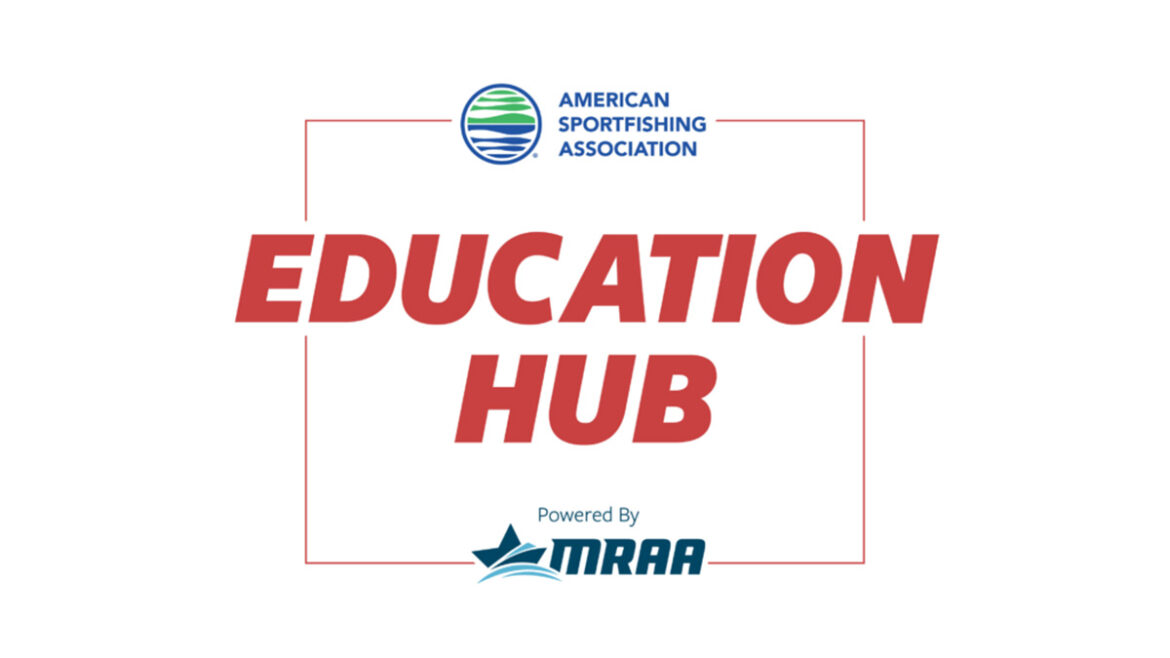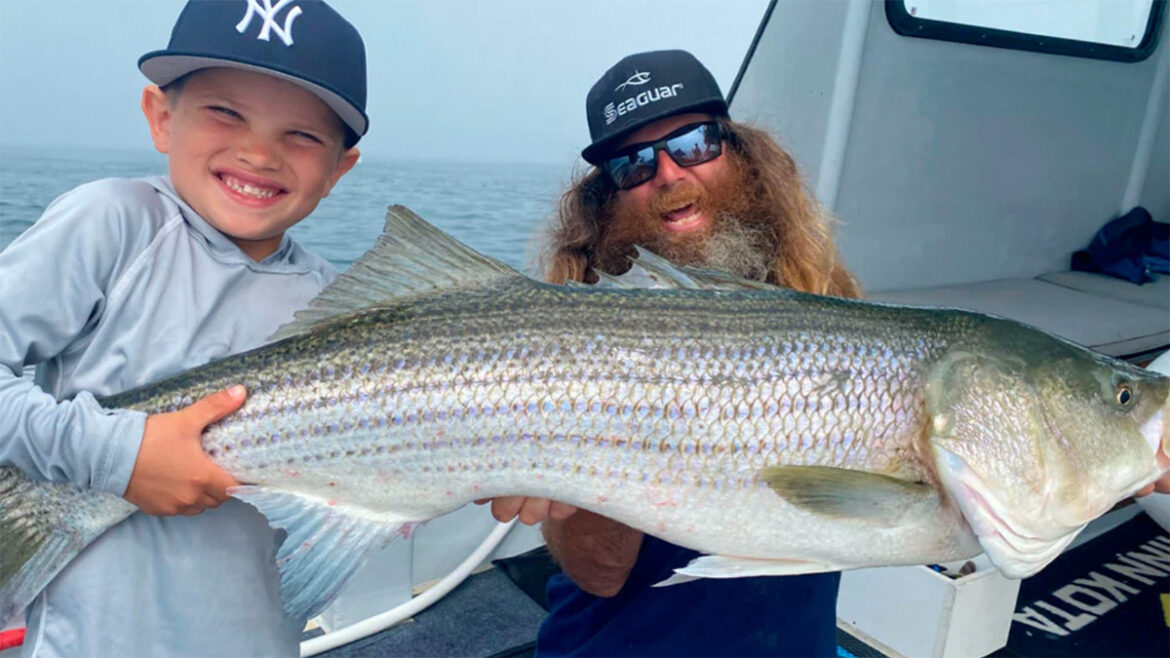Endangered Atlantic salmon and the popular recreational species, landlocked salmon, look the same, and both spend time in our rivers, streams, and lakes. However, because Atlantic salmon are listed as endangered by the federal government, it is illegal to harvest them.
In many inland waters, Maine law only allows landlocked salmon between 14 inches and 25 inches to be caught. Salmon smaller than 14 inches or larger than 25 inches are likely either juvenile Atlantic salmon or mature Atlantic salmon, and are not legal to catch.
There are other ways to tell if you’ve caught an Atlantic salmon.
Maine Department of Marine Resources has released hundreds of Atlantic salmon into Maine rivers over the past two years, including the East Branch of the Penobscot River and the Machias River.
All Atlantic salmon released in the East Branch and the Machias were release with an adipose fin clip — that is, the small, fatty fin on the back of the Atlantic salmon were removed before they were released. This was done to help identify them as restoration Atlantic salmon.
If anglers catch a salmon that is missing an adipose fin in the Penobscot or Machias rivers, there is a good chance it is a DMR restoration Atlantic salmon. These salmon are not only federally endangered (so it is illegal to keep them); they are also part of an important restoration effort led by Maine DMR, so they must be released unharmed, even if they are less than 25 inches.
Maine DMR biologists also place a punch in the adipose fin of sea-run Atlantic salmon that return from the ocean at locations where trapping is carried out to assess the status of sea-run salmon populations. The punch looks like a round hole in the adipose fin, the size and shape you would make with a hole punch in a piece of paper. Atlantic salmon are trapped at Lockwood and Hydro-Kennebec Dam on the Kennebec River, Milford Dam on the Penobscot River, and Cherryfield Dam on the Narraguagus River.
If anglers encounter a salmon with an adipose fin punch, it is an endangered Atlantic salmon and must be released immediately.
Endangered Atlantic salmon are found in the drainages that make up the Distinct Population Segment, which is the federal listing designation. Adult Atlantic salmon may be found in mainstem and tributary habitat throughout the summer and fall and will spend winters in many lakes within these drainages. Juveniles are found in Maine rivers year-round, preferring shallow, fast flowing water where they can find food.
Please be aware that Atlantic salmon may be present if you are fishing in:
- The Penobscot River and tributaries, especially the East Branch (including Wassatoquoik and Seboeis streams) and Piscataquis drainages
- The Kennebec River, especially the Sandy River and tributaries, and the Sheepscot River and tributaries
- Downeast rivers, including the Dennys, East Machias, Machias, Pleasant, Narraguagus, and Union rivers and their tributaries
Maine DMR asks that anglers practice safe catch and release if an Atlantic salmon is accidentally caught: Keep the fish in the water and carefully remove the hook. If the hook cannot be removed easily, cut the line as close to the mouth as possible. Gently support the fish in the water until it can swim off on its own.







